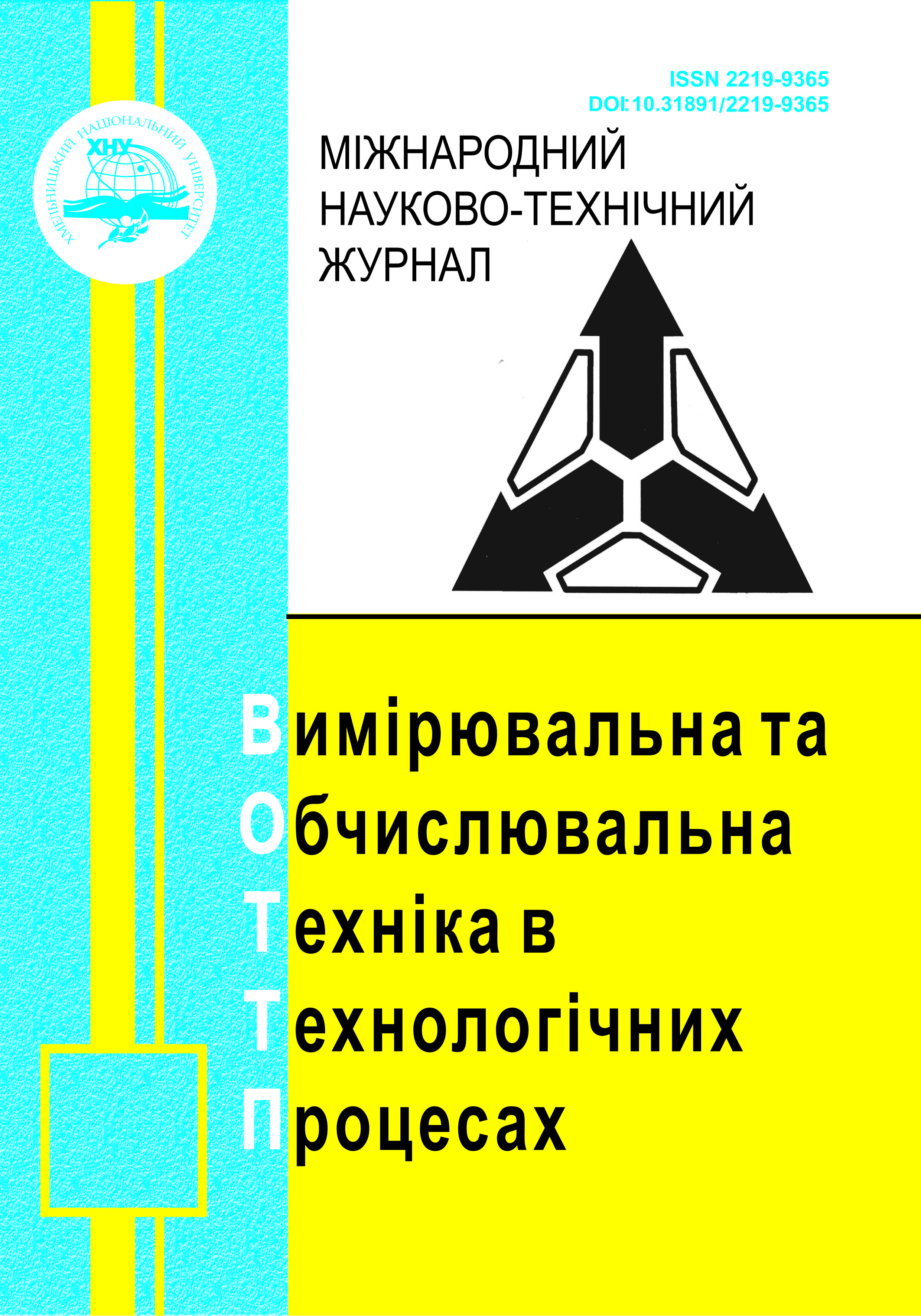STUDY OF ENERGY EFFICIENCY OF LORA TECHNOLOGIES IN WIRELESS MONITORING NETWORKS
DOI:
https://doi.org/10.31891/2219-9365-2024-79-21Keywords:
wireless sensor networks, LoRa, autonomous operation, RFM95/96/97/98(W).Abstract
This work considers the modeling of the functioning of end devices (end point) components of wireless monitoring networks, which can be used to build a "point-to-point" or "star" type network using LoRa physical layer technology. LoRa technology has sufficiently high range parameters. The energy efficiency of this technology is achieved by limiting the number of data transfers during the day. In this case, long-term autonomous functioning (declared up to 5 years) of end devices is achieved when using small-sized power sources. The purpose of the simulation is to investigate the possibility of functioning of LoRa transmitters at the physical level to ensure the operation of wireless monitoring networks with a maximum frequency of 60 s, with the duration of autonomous operation within 2,5 - 3 years when using small-sized power sources. The following parameters of the final transmitters were investigated: the transmitter output power range was 4–8 dBm; minimum battery life of at least 3 years (1095 days). The data field must contain the minimum information: the identifier of the end device, the parcel number, the type of device, the condition (status) of the device. That is, the minimum length of the data field should contain 4 bytes, which will allow receiving the minimum information from the end device of the monitoring network. Simulation results for packages with parameters that allow to obtain an autonomous operation time of at least 900 days and a package period of 30 seconds at a radio signal power of 4 and 8 dBm with a power source capacity of 3200 mlA*h. The paper proves that when designing a wireless network based on LoRa technology, it is necessary to coordinate the parameters of the spectrum width BW and the spectrum expansion factor SF to obtain satisfactory performance characteristics of the network. The simulation results were compared with the results on mock-ups using PIC18LF4520 microcontrollers and the RFM95W (REV 1.2) LoRa module based on the RF96 chip (Semtech SX1276 analogue). As the results of this work show, LoRa technology can be used to build wireless monitoring networks with much more frequent data transmissions for premises with transmitter output power of 2-8 dBm and short messages.

